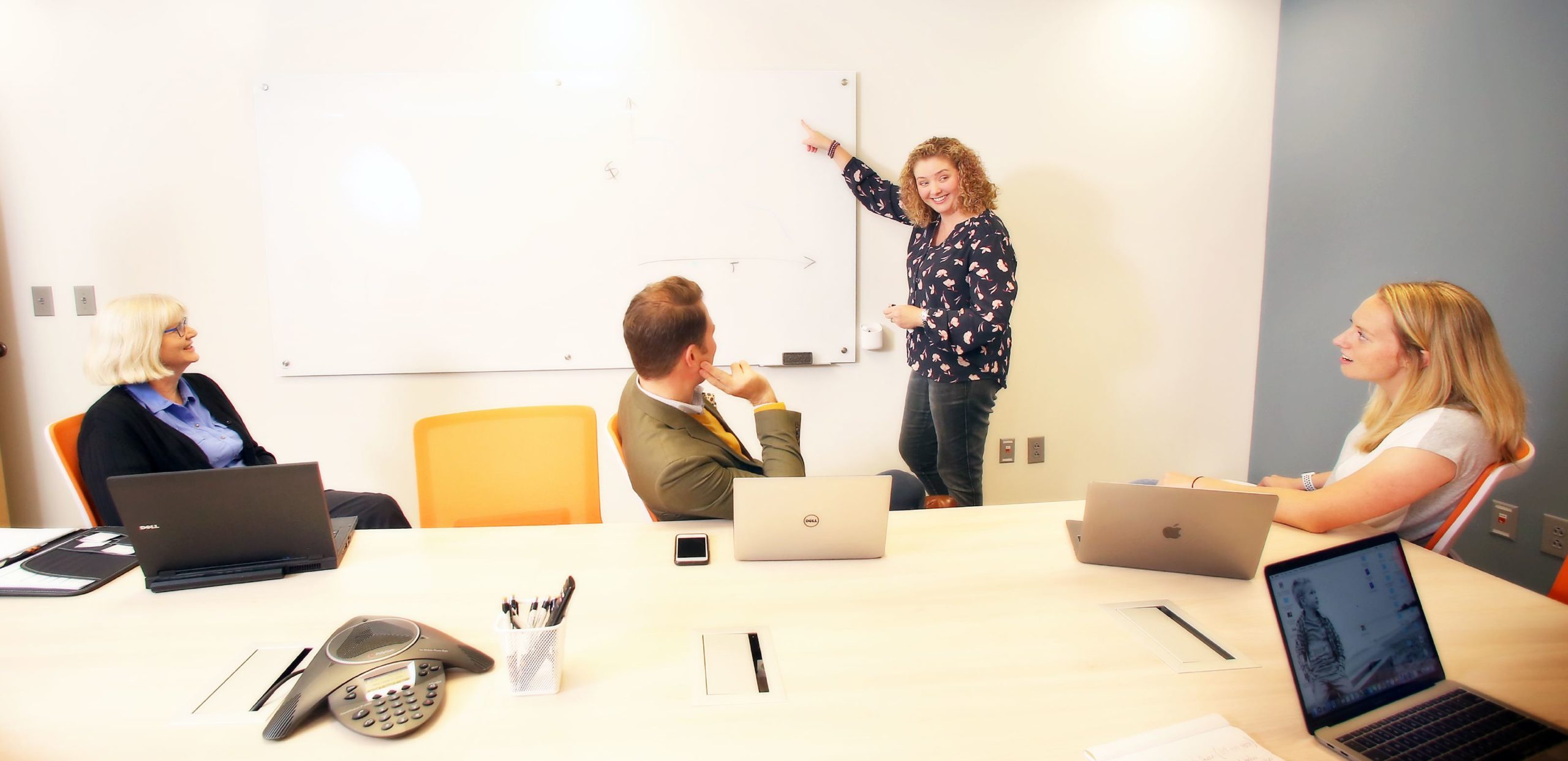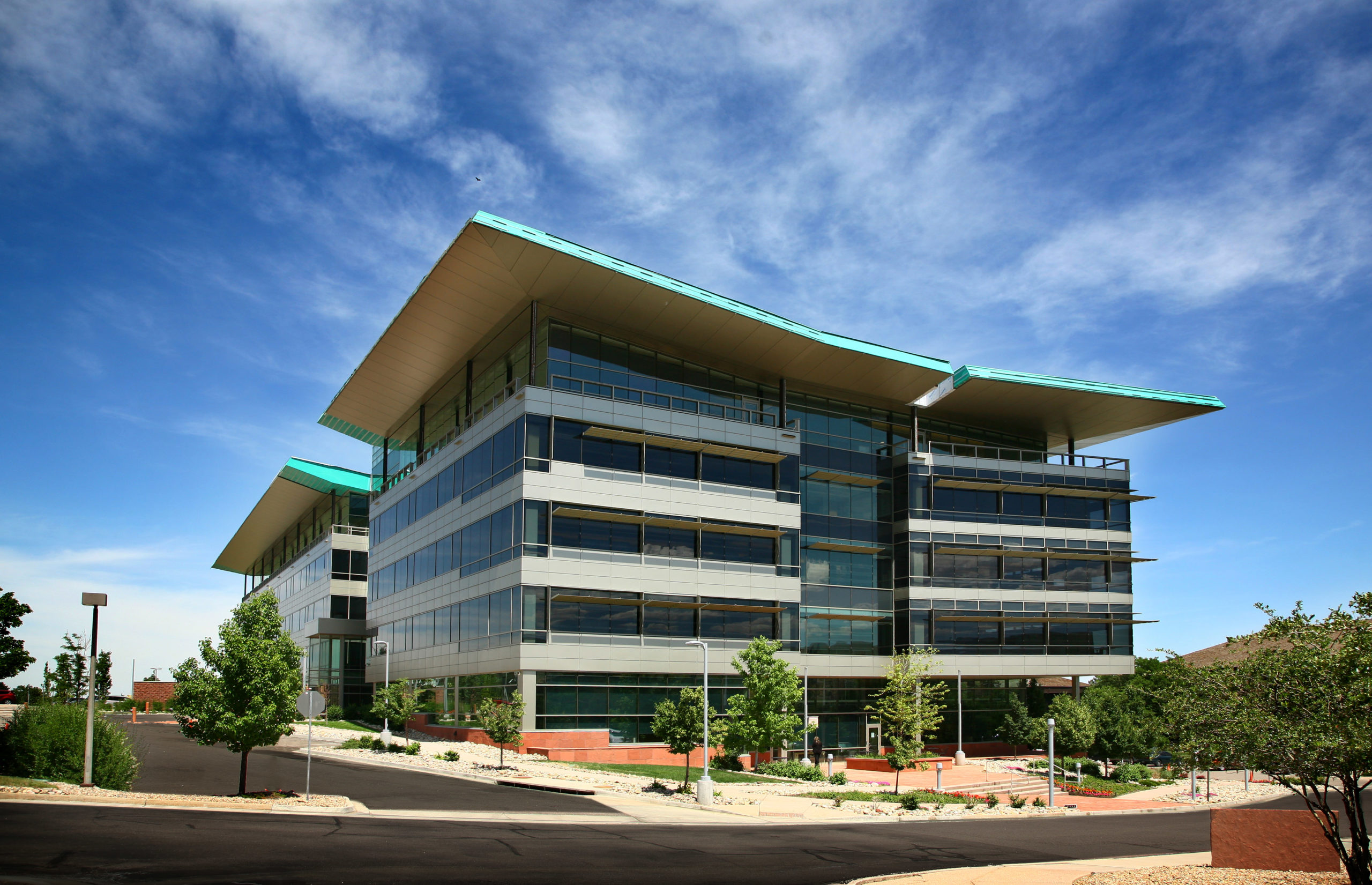
Tracking the Evolution of the Workspace
Offices spaces are not what they used to be, and that’s a good thing! Businesses have traded confining cubicles and boring blinds for shared workspaces and trendy offices that actually make you happy to be at work.
Coworking spaces have caused the biggest disruption to the traditional office environment. No longer are businesses forced to take on overhead they can’t afford just to have space for their people to work. These shared offices help companies do more with less space and money, and in the end, everyone wins.
Let’s take a look back at the evolution of office space and how today’s coworking and flexible workspaces are an integral part of a company’s success.
The Traditional Office Is Dying
![]()
Step inside an office 10, 20, or even 50 years ago and you’d likely see a familiar scene.
Every worker had a desk, chair, and telephone. Some desks would be in a large shared room. Others would be in smaller, private offices leading out to the main floor. Cubicles were common fixtures to allow for privacy and noise reduction. Offices of the past twenty years would likely host a computer at each workspace. Filing cabinets and paper storage were in abundance.
A business mainstay for the better part of the century, offices were a fast-growing commodity as more jobs moved from outside to indoors. Though having existed as early as the 17th century, the traditional office concept you see in pop culture took hold in the 1960s. Offices provided large companies a way to house huge workforces in a central space.
As more spaces were designed specifically for business, a clearer distinction between work and home developed. Work became something you went to, not just something you did.
Back then, it was the most efficient option for workers and companies alike since the office afforded all the things employees needed to do their jobs (desk, telephone, equipment, filing cabinets, and eventually computers.). Also, companies could monitor employee behaviors, track how time was spent at work, and create a standardized approach to business.
However, as early as 1964, when IBM developed a recording device in its Selectric typewriter, it became clear that office environments would soon change forever.
The Driving Factors Behind the Modern Office Evolution
 The traditional office is in decline. Offices, as they existed just 50 years ago, are now a rare breed. And much of the rapid transition to remote work and coworking spaces can be attributed to the increased flexibility and functionality of technology.
The traditional office is in decline. Offices, as they existed just 50 years ago, are now a rare breed. And much of the rapid transition to remote work and coworking spaces can be attributed to the increased flexibility and functionality of technology.
Today, office workers have just about everything they need to do their jobs without the confines of a permanent desk. Laptops, cell phones, and VPNs have largely reduced the need for employees to venture into the office daily, as most or all of their duties can be handled from anywhere with an internet connection. Coffee shops, hotels, and living room couches have become just as much an office as a corporate campus.
Employees who have traded their regular desk for a chance to work remotely report feeling less stressed and more productive. They enjoy a better work/life balance, spend less time and money commuting to an office, and improve their overall well-being.
What’s more, offering better office flexibility is becoming essential in attracting and keeping talent. Nearly 70 percent of employees admitted that the option to work remotely would increase their interest in specific employers.
Shared Spaces As Corporate Strategy
It’s not a one-sided desire. Companies are finding their own benefits to rethinking office space and embracing flexible work arrangements.
The notion of having employees on-site part-time leaves vacant desks and chairs in its wake, giving companies an incentive to downsize spaces and reduce their overhead. Companies now have a reason to eliminate conference rooms that were going largely unused. Expenses like printing, coffee stations, and utilities also get a much-needed price break in smaller spaces with fewer on-site employees.
Office spaces have evolved from being a commodity to providing a service that caters to more than just corporate tenants. Businesses of all sizes, industries, and budgets can take advantage of a shared workspace to house teams and grow businesses without the massive overhead of the traditional office space.
Simply put, the shared workspace provides the much-needed solution that meets the needs of companies and employees alike.
Accommodating the Shift in Office Culture
![]()
Back in the Great Recession of 2008, companies were fighting to stay afloat by cutting costs at every corner. They relied on telecommuters to decrease overhead costs and tighten budgets. Workers were equally keen to take on a remote role to reduce their own expenses, such as saving gas used for commuting or eating lunch at home.
However, transitioning to smaller spaces and remote workers means that you must pay special attention to maintaining your office culture.
Studies reveal that while more than 60 percent of companies employ remote workers, over half of them do not have an official remote work policy. In some cases, you may have workers who have never stepped foot into your office. They don’t have the benefit of getting to know their teammates or soaking in your corporate values every day. When part of your team isn’t physically present, it challenges communication and threatens your company culture’s effectiveness.
Though technology is the sole reason that the traditional office evolved, it will also be the best solution to bridge the gap between remote and in-house teams and create a seamless experience for all. It’s easier now than it was a decade ago, with solutions like Slack, Base Camp, and Redbooth having evolved from the growing need to cater to a fragmented workforce.
Remote work and telecommuting continue to grow and may outpace traditional work structure as we know it. Studies estimate that 43 percent of the American workforce spent at least part of their time in 2018 working remotely, up from 39 percent in 2012. The amount of telecommuting is expected to climb, especially as workspaces continue to become more flexible.
Despite the benefits remote work provides to employers and employees alike, research shows that physical proximity is still key for business. The office continues to play a role in communicating leadership, enforcing culture, and fostering collaboration, and shouldn’t be sacrificed in favor of saving time or money. That is where the use of modern shared office space can be an advantage.
Having a shared workspace like a coworking hub allows companies to integrate amenities like on-site gyms, gaming rooms, or wellness areas that otherwise would be too expensive for companies to offer on their own. It’s one-way companies are bringing employees back into the office to maintain a positive work culture while still offering the flexibility of working remotely.
Regardless of how you bridge the gap, it’s critical to ensure the office remains a part of the company culture while also shifting to accommodate the growing virtual office.
Offices Are Now More Than Just a Workspace
Employees value a better work/life balance today more than they have in the past. They’re breaking free of the standard 9-to-5 in favor of flexible working hours that let them work when they want to, provided they uphold their responsibilities.
As office spaces continue to evolve, so will the definition of what an office can and should be. As more companies continue to adopt remote work, offices will be reinvented to accommodate current and future needs.
Office Evolution is leading that reinvention, offering shared workspaces, private workspaces, and virtual office services to professionals across the country. Isn’t it time for you to leverage the benefits of shared office space for your business? Find the Office Evolution location nearest you and explore your office space options today.